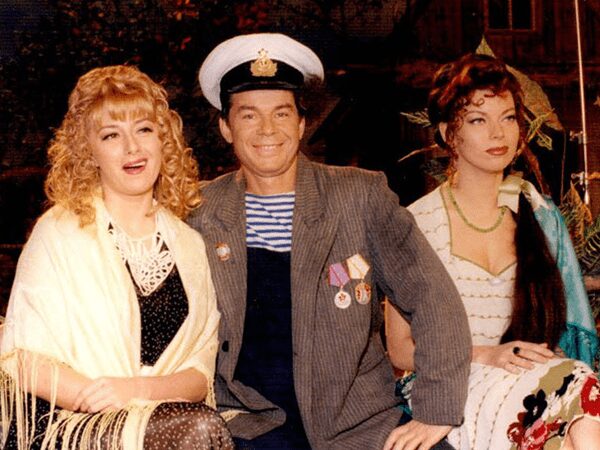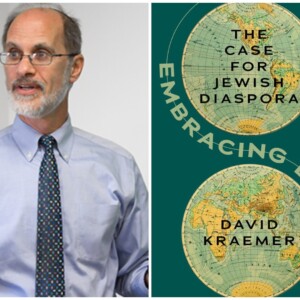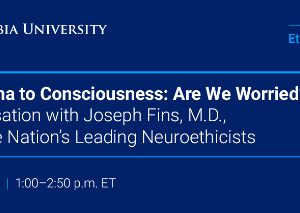
Very Old Songs About the Most Important
Registration REQUIRED by 4pm on April 21, 2025 in order to attend this event.
Boris Groys was the first scholar who envisioned Moscow conceptualism through the ritual categories of the sacred and the profane (Groys B., Moscow Romantic Conceptualism, 1979). When the intermediate, liminal phase of the transitional rite, working as a critical parodic tool that makes is possible to problematize grammar and vocabulary of the previous historical epoch, acquires a value in itself, the difficulty arises. In this case, the dialectic of destruction and reproduction acquires a bad infinity, in which the critical revision of the opposing or previous language turns into a parasitic exploitation, making criticism dependent on what it seeks to expose. According to this logic, the final positive appropriation of the Soviet past, which occurred in the mid-2000s, was predetermined by the type of criticism that began to dominate in the late 1980s, but was rooted in the stylistic and ideological techniques of Sots Art, Conceptualism, and everyday poetics of стёб. Naturally, this is not about imputing the current national-patriotic consensus to the fault of Komar and Melamid, Bulatov or Prigov. The point is that the criticism of the Soviet, characteristic of the late Soviet era, turned out not to be very productive and, rather, on the contrary, only contributed to its partial return. Looking at the poetics of the “Nostalgic Socialist Realism” series (early 1980s) by Komar and Melamid in a retrospective of “Old Songs About the Most Important” (1996), one can see how critical deconstruction paves the way for subsequent positive construction. Similarly, Bruskin’s “Fundamental Lexicon” (1986) seems to have already cleared the original ideological context and aesthetically mythologized the vocabulary of Soviet culture, preparing it for future patriotic re-actualization.
Kalinin’s presentation is intended to focus on the analysis of Perestroika critical language, based on the deconstruction of the official Soviet discourse. The material for analysis will be both non-conformist art of the 1980s and a number of movies of the 1980-1990’s.




